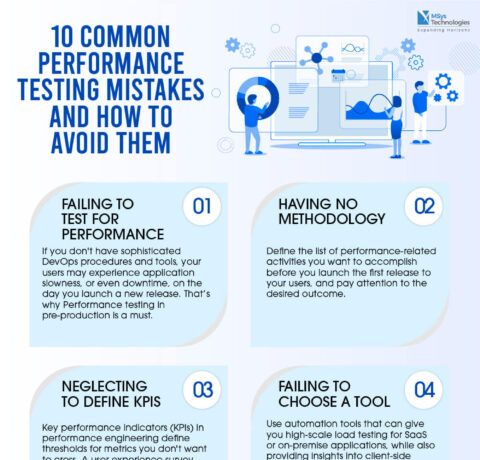15 Ways To Teach Mindfulness To Kids Infographic
Teaching our children to experience, question and value the world around them not only adds to their childhood, but helps to build inquisitive and insightful adults. Children are naturally curious and uninhibited and those traits can be quite powerful, especially when focused on and expanded upon. It’s not difficult to teach our children mindfulness techniques. Naturally, they may become impatient or not understand why mindfulness is important, but there’s no rush. Here are 15 ways to teach mindfulness to kids.
1. Start with yourself
The best way to encourage a child to learn a new, positive behavior is to let them see you practice it. Practice mindfulness openly and answer any questions that may come along.
2. Encourage short bursts + gradually build
Once you’ve caught their interest in mindfulness, you can gradually build your practice together. Be sure to stay positive and supportive during this learning transition, as it may take a while for them to adjust to the slower rhythms of mindfulness.
3. Keep it simple
Mindfulness is a big word for young kids to understand, so to put it simply, mindfulness = awareness. It is noticing our thoughts, feelings, bodily sensations and anything around us that is happening right now.
4. Commit the entire family
Make mindfulness a family practice and a topic everyone openly discusses together. By creating a culture of mindfulness within your family home, you make it more of a way of life and less of a chore or lesson to be endured.
5. Be crafty
You can evoke mindfulness in a fun way through a multitude of different, affordable craftwork activities. e.g. Try knitting and invite your kids to think about the feel and color of the wool along with the sound of the needles clicking.
6. Be active
Ask your kids to jump up and down in place for a minute. Then invite them to sit down, with their eyes closed with their hands on their chest to feel their breath + heartbeat. Ask them to share what else they notice about their bodies during this time.
7. Listen
Listening allows us to connect to the present moment and is another great opportunity for children to practice mindfulness. When children learn the skill of active listening, they invite their minds to quiet and focus on one thing . . . which can be very helpful in our highly stimulated society.
8. Touch
Young children are encouraged to learn through touch to help develop sensory play and exploration. Ask your children to pick their favorite toy. Invite them to close their eyes and take their time feeling the object in their hands. After a few seconds, ask them to describe what the object feels like.
9. Eating a raisin in 30 seconds
Introducing mindful eating to kids can seem like a challenge, and that’s where the raisin meditation can help! Ask your kids to hold a raisin and spend a few moments exploring its shape, smell and color. Then, invite them to slowly place the raisin in their mouth, without chewing, and explore it with their tongue. Once they are ready to chew and swallow the raisin, remind them to pay special attention to the sensations of taste and texture.
10. Check out mindfulness apps
Headspace For Kids is a popular mindfulness app specifically for children that offers five themes: Calm, Focus, Kindness, Sleep and Wake Up. The activities are aimed at three different age groups (under five, six to eight, and nine to 12) and include soothing sounds, breathing and visualization exercises, and more.
11. Smell
Going outside to experience the smells of nature can be a fun way to invite children to grow their mindful sense of smell. Ask your children to take deep breaths through their nose and see if they can figure out what they smell, and explore how each of the different smells makes them feel.
12. Go for a mindful stroll
Kids have a lot of energy and may not always want to sit in stillness. A short walk or movement activity is a great opportunity to teach them to be mindful any time. When they return to playtime, they may have a different outlook than before.
13. Use mindfulness to calm upsetment
When your child is upset, let him or her know that it’s okay to be angry or sad. Validate their emotion so they can start focusing on what do with it. We do not want our children to feel guilty for having these emotions, but we do want teach them how to handle these feelings in a healthy way.
14. Try “buddy breathing”
A great kid-friendly breathing exercise is called “buddy breathing.” Invite your child to lie on their back as you place their favorite stuffed animal on their belly. Ask your child to focus on the rise and fall of the stuffed animal as he/she breathes in and out. To help your child breathe deeply and control their breath, ask him/her to “slow teddy down” by breathing slower and deeper into their belly.
15. Squeeze and relax!
When bedtime has arrived and your child is having trouble relaxing, a great exercise you can try before bed is “squeeze and relax.” Have your child lie down with their eyes closed and ask them to squeeze every muscle in their body as tightly as they can. Have them hold this position for a few seconds, and then fully relax and release.







You can adjust your cookie preferences here.